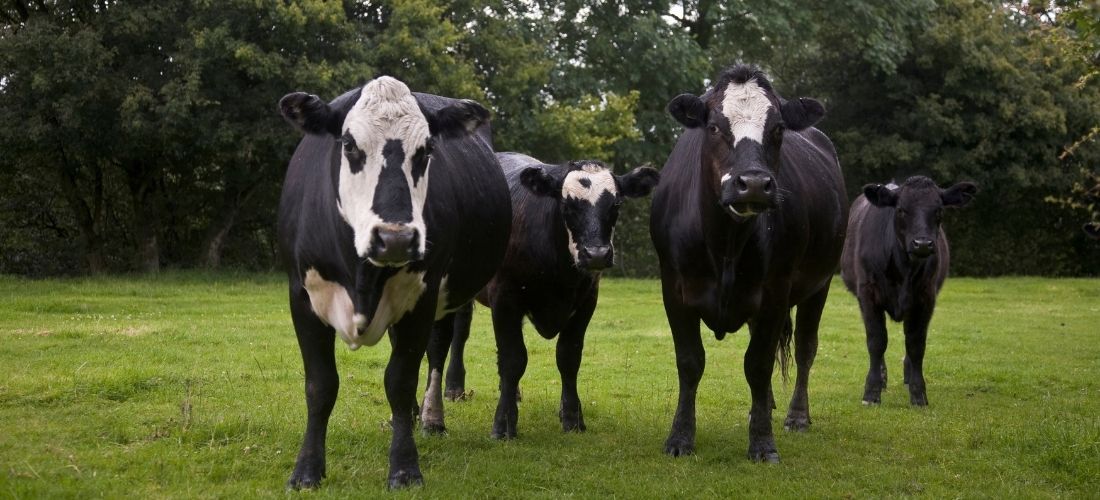
Commonly known as ‘mad cow disease’, Bovine Spongiform Encephalopathy (BSE) is a fatal transmissible neurodegenerative disease that affects cattle. The condition has an extremely long incubation period, so signs and symptoms can take four to five years to appear. Usually, these include tremors, trouble walking and over-sensitivity to certain stimuli. Typically, cattle die within a few months once the symptoms are evident.
Eating beef contaminated with BSE can result in variant Creutzfeldt–Jacob disease (vCJD) in humans, a fatal neurodegenerative condition. It is rare, however, and as of 2018, only 231 cases of vCJD have been recorded.
The World Organization for Animal Health lists Australia and New Zealand as having a negligible risk of BSE. So far, the disease has never been detected in either country.
Most scientists believe that BSE is due to a misfolded protein called a prion. For reasons that are not yet fully understood, the prion changes into an abnormal prion that is harmful to cattle. It’s thought that infections are caused by feeding cattle the remains of other cattle who spontaneously developed BSE.
In countries where there were major outbreaks of BSE, such as the UK and the USA, practices such as feeding meat-and-bone meal (MBM) to young calves were believed to have spread the disease.
Neither BSE nor vCJD is contagious – a person, or a cow, are not at risk of contracting the condition from proximity. Also, milk and milk products are free of the abnormal prion that leads to illness.
Initially, this was done by mass culling. In the UK alone, around 4 million cows were killed during the eradication programme. The majority of beef-producing countries now have strict controls and procedures in place.
One such measure is a ban on feeding protein derived from mammals to cattle. Other efforts have also been put in place. In the UK, for example, no animal over 30 months old can enter either the human or the animal food supply. In Europe, cattle over 30 months need to be tested.
High-risk tissues are now removed at the slaughterhouse to prevent any chance of them entering the food chains of humans or livestock. In North America, these tissues, known as ‘specified risk material’, cannot be added to animal feed or pet food.
There have also been strict import controls introduced, with live animals, beef, beef products, and food for animals having to undergo biosecurity checks and other safety measures.
To keep an eye on new cases, there has been the introduction of compulsory rapid screening tests to stop suspect BSE cases from entering the food chain. There are also increased surveillance techniques employed to monitor the general status of BSE in cattle.
In Australia, similar measures were put in place in 1996. In 2009, the Australian Government revised its policy concerning BSE, and new requirements were put in place for the import of beef and beef products. If countries want to export beef to Australia, they must apply for a BSE food safety assessment. This is conducted by FSANZ and involves an in-country inspection of BSE preventative measures. Since 2010, 13 inspections have taken place.
These preventative measures have been hugely successful. In the UK alone, between 1986 and 2015, over 184,000 cattle were diagnosed with BSE, peaking in 1993. However, thanks to the regulations imposed worldwide, in 2017, only four cases of BSE were recorded globally. It seems like the disease has finally been defeated, but it could well return if vigilance is relaxed. The measures and regulations concerning cattle and beef are here to stay.
As a food business owner, you understand the impor...
View MoreFoodborne illness is a significant concern for Aus...
View MoreThe food industry is no stranger to the threat of ...
View MoreAs a food business owner, it's crucial to ensu...
View More_1.png)